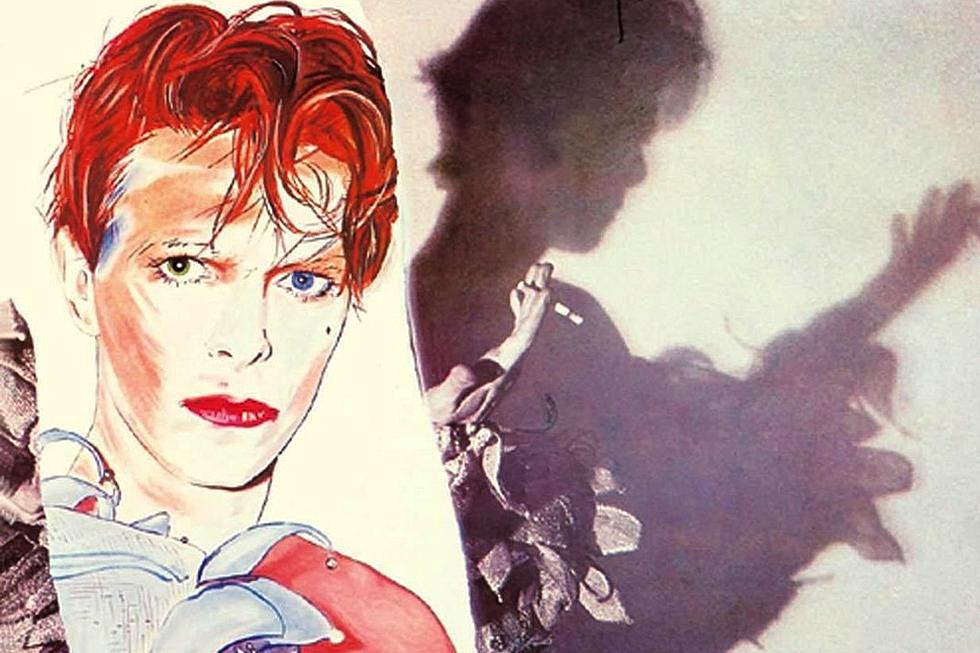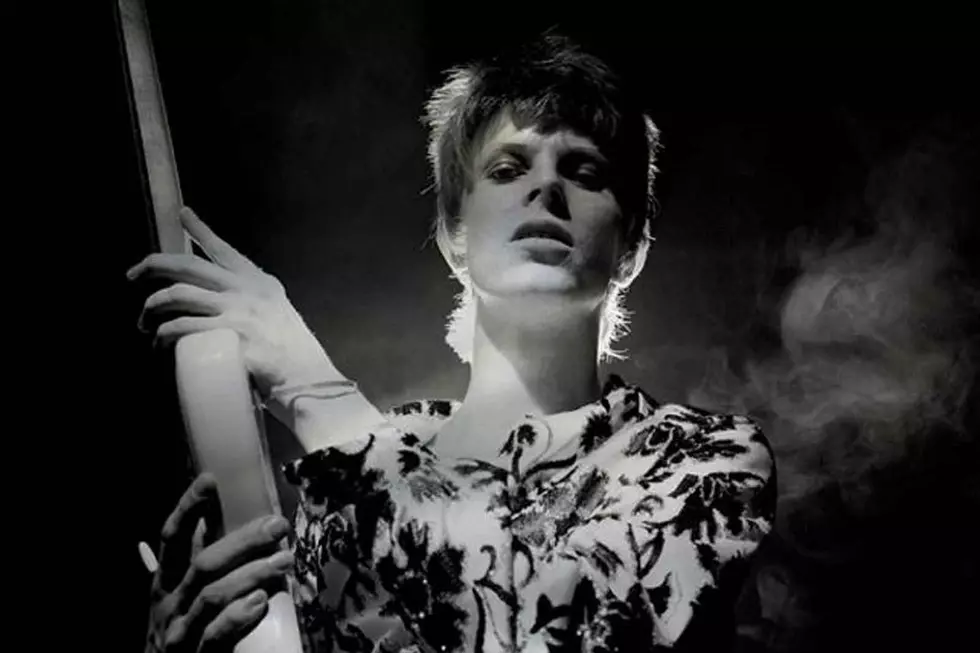
Revisiting David Bowie’s ‘Scary Monsters (and Super Creeps)’
No mainstream artist enjoyed a more eclectic and exciting rock 'n' roll career throughout the '70s than David Bowie. And as the chameleon-like singer delivered Scary Monsters (and Super Creeps), on Sept. 12, 1980, it seemed possible that the same would be true of Bowie's next decade.
After completing his famed Berlin Trilogy of Low, 'Heroes' and Lodger, Bowie decided that his 14th studio album would be recorded at New York City's Power Station, again with help from longtime producer Tony Visconti – but without Brian Eno. That meant Eno's penchant for spontaneous songwriting and recording techniques were replaced by a more traditional, highly organized process that turned Bowie's focus to delivering big hits rather than earning critical plaudits for artistry.
In keeping, the advance single "Ashes to Ashes" – which resurrected his popular Major Tom character from "Space Oddity" – went to No. 1 in the U.K., while performing strongly in numerous countries. (In the U.S., the song had an entirely different fate, just missing the Billboard Hot 100 and peaking at No. 101.) "Fashion," a direct descendant from Station to Station's "Golden Years," following in short order, pushing Scary Monsters to the top the charts in the U.K.; Bowie reached No. 12 in America.
Elsewhere, however, many of the songs on Scary Monsters (and Super Creeps) were as challenging and unconventional as critics and discerning Bowie-philes could have asked for.
The opening tune, "It's No Game," married a plodding dirge to Bowie's intentionally strangled vocals and a female narration of the lyrics in Japanese. "Up the Hill Backwards" commented on the singer's recent divorce over a lurching, 7/4 beat, and then the title track arose from a sinister Robert Fripp guitar figure, which was indicative of its subject's descent into madness – all before the aforementioned singles made their entrances.
Bowie's imagination continued to fly unchecked and unafraid on the second side, over the anthemic, "Heroes"-like march of "Teenage Wildlife," the intriguing chord changes that made "Scream Like a Baby" half-new wave, half-hard rock, a lush interpretation of Tom Verlaine's "Kingdom Come" complete with girl-group backing vocals, a densely arranged "Because You're Young" boasting windmill power chords from Pete Townshend and concluding with a "civilized" reprise of "It's No Game" that proved a Dr. Jeckyll to the opener's Mr. Hyde.
Watch David Bowie's 'Ashes to Ashes' Video
All this inspired creativity at the Power Station had transpired between February and April 1980 but, amazingly, only one finished vocal was in the can, so David decided to take a few more weeks to polish off his lyrics. By June, he had reunited with Visconti at the latter's London studio, and it was there he cut some of his finest words and vocals – elevating Scary Monsters up among his very best career efforts.
As for the young decade still ahead, the tragic murder of his good friend John Lennon on Dec. 8, cast Bowie into a period of paranoid isolation spent mostly caring for his son Zowie instead of touring or promoting Scary Monsters.
Simultaneously, the singer's desire to wait until his onerous contractual obligations to former manager Tony Defries could expire in October 1982, led to a dalliance in theater (via Bowie's critically acclaimed lead role in a production of The Elephant Man), collaborations with disco magus Giorgio Moroder (on the Cat People soundtrack) and Queen (the smash hit "Under Pressure"), and an EP of songs written for Bertolt Brecht’s play Baal.
By the time David Bowie released Let's Dance nearly three years after Scary Monsters, its unapologetic embrace of the mainstream was so at odds with much of the singer's outsider career arc that some wondered whether he had finally forgotten himself.
The masses embraced this latest version, however, remaking Bowie into a sleek global pop star. It would be for quite some time before Bowie's inevitable return to the risk-taking creativity of Scary Monsters.
The Most Shocking Rock Star Fashion Reinventions
More From Ultimate Classic Rock









